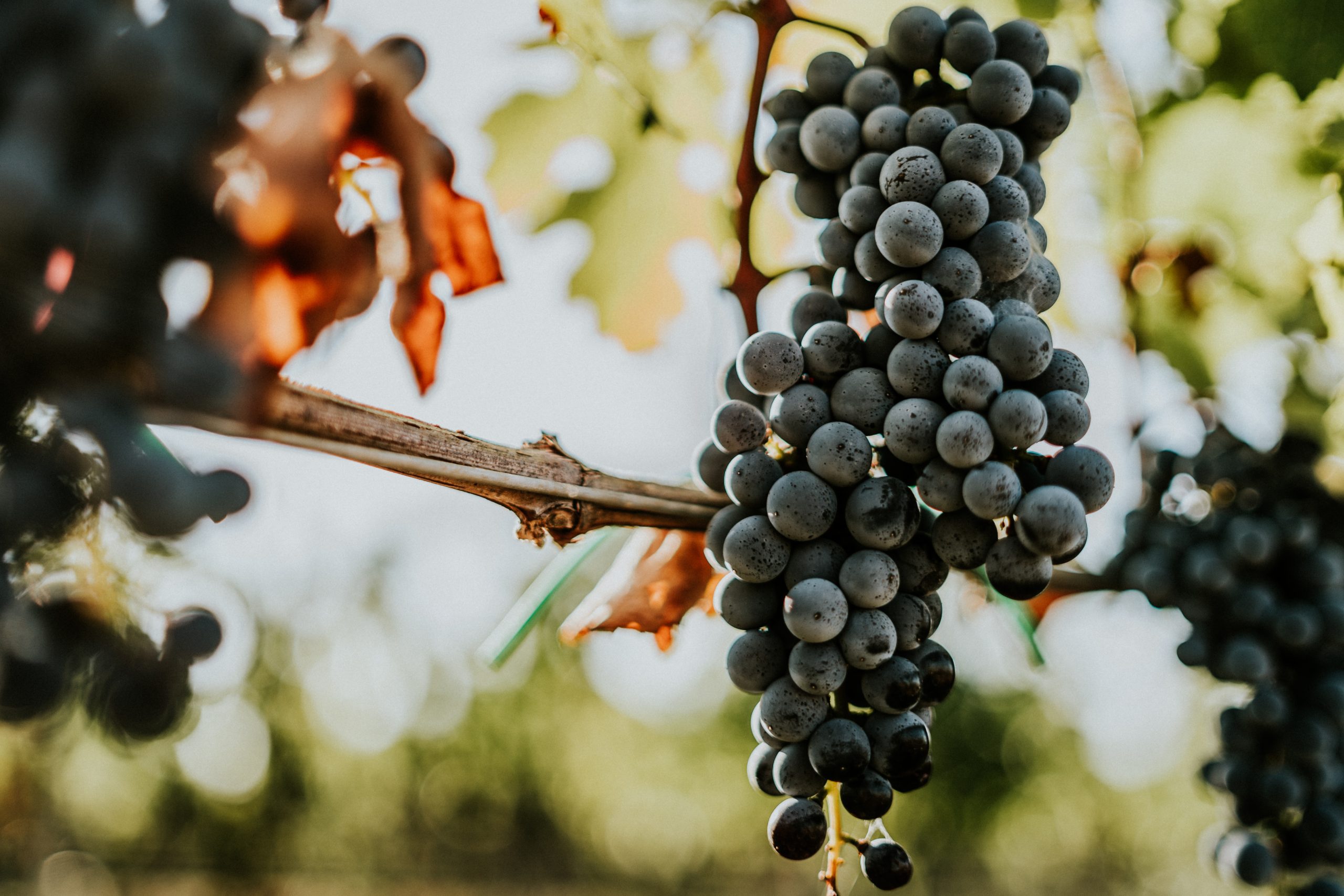In oenology, by autochthonous vines we mean all those vines cultivated and widespread in their area of origin; we speak instead of international vines when they are widespread worldwide.
Among the latter, the Cabernet Sauvignon central pivot of the Tenuta Liliana project stands out.
Cabernet Sauvignon is a black grape variety of Bordeaux origin, more precisely from the Médoc and Graves area in Bordeaux, and is cultivated in more than 40 different countries, which makes it the most widespread among internationals. It is a grape with great ability to adapt to the most different climatic conditions, but which is always able to maintain its distinctive traits.
In France, from Cabernet Sauvignon, together with Merlot and Cabernet Franc, the famous Bordeaux blend was born.
In Italy, on the other hand, after the phylloxera, this grape supplanted the native vines in many areas; the most important example is certainly in Tuscany, where from the combination of Cabernet Sauvignon, Merlot and Sangiovese the famous Super Tuscans, appreciated all over the world, were born.
Cabernet Sauvignon remains the main red grape variety in the Americas, in the Napa and Sonoma Valley area and in Argentina in Mendoza.
But what are the origins of this world-famous grape?
As with most vines, delineating origins, history and diffusion is always complicated, because often legend merges with history and makes it difficult to give definite information.
Trying to retrace its path, it would seem that the first plausible testimony of Cabernet Sauvignon is that of Lucio Columella, in the work De re rustica, in which he tells of a grape called Balisca coming from Epirus (a Roman area now identifiable with Albania and Upper Greece) brought first to Rome, then to Spain and from there to the area of Burdigala, today’s Bordeaux.
In Burdigala, the Balisca acquired several denominations such as vitis Biturica, or Vidure.
After him, even Pliny the Elder, in the beautiful work Naturalis Historia, speaks of a Vitis Caburnica that was imported to Rome from Greece, then exported by the Roman consuls to Burdigala and called Biturica or Vidure.
The Carmenère, locally also called Carmenet, belongs to the family of Biturica vines, or Bordeaux, from which we probably arrived the Cabernet (Franc).
In recent years, it has been discovered at the University of Bordeaux that by spontaneously hybridising Cabernet Franc with the white grape variety Sauvignon, Cabernet Sauvignon has been obtained.
The word Sauvignon, finally, could be the derivation of the French Sauvage, that is wild, spontaneous grapes.
These are the most likely steps that led to the grape as we know it today, which in the American film “Sideways” is described as follows: “Cabernet Sauvignon is a force of nature that can grow anywhere and that flourishes even when it is neglected…it can be powerful and exciting”, and that is precisely what makes it such a fascinating grape!
Ilaria Giardini for Tenuta Liliana




